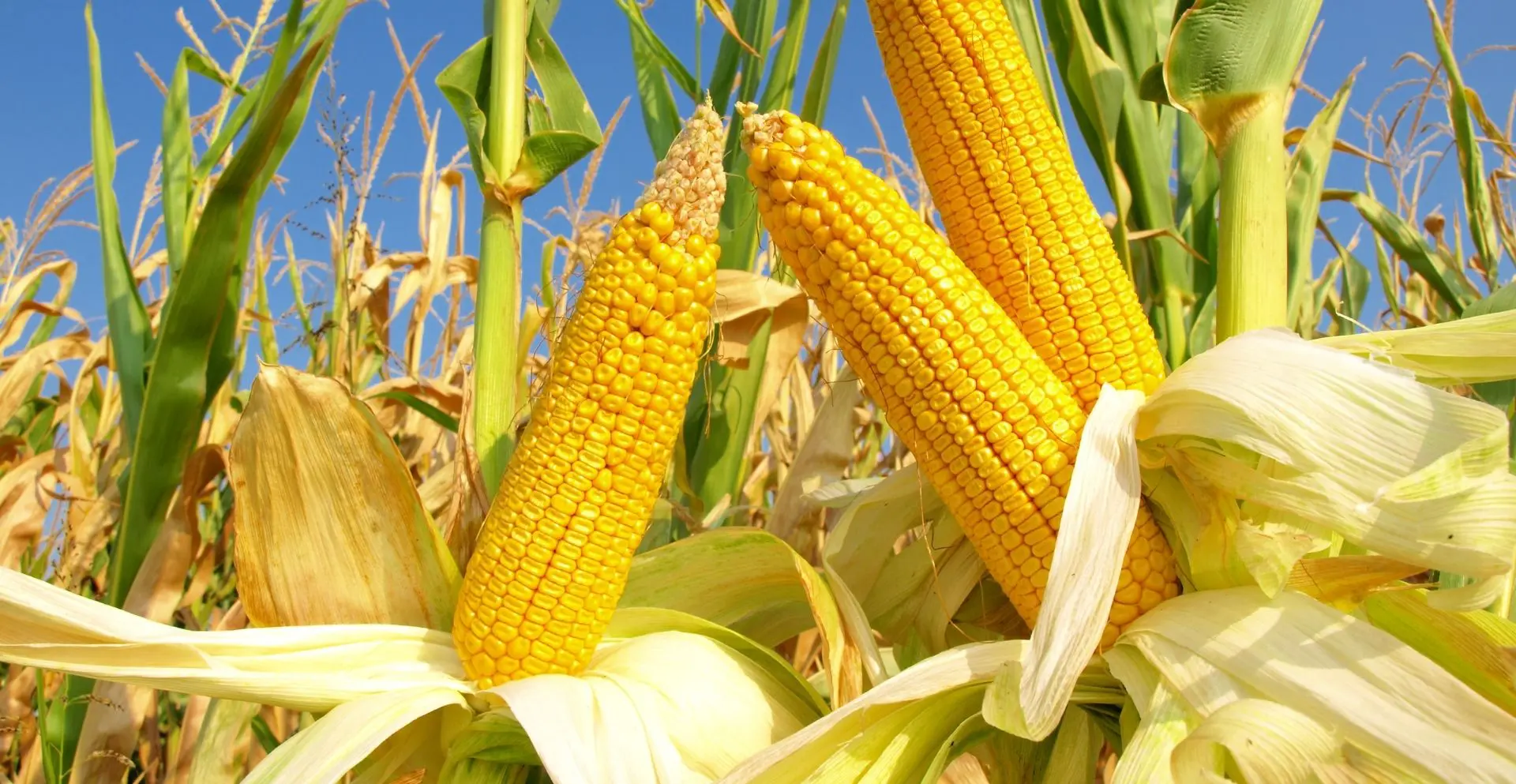Key Points:
– Starch is a form of carbohydrate naturally found in many grains and vegetables, and is broken down by our body’s enzymes into glucose, the basic building blocks for energy and metabolism. Resistant starch, on the other hand, is a type of starch that does not get broken down by our body’s digestive enzymes.
– It can lower the glycemic index of foods and increase satiety, help with modulating blood sugars and control the appetite.
– It is also considered a form of prebiotics.
– You can obtain resistant starch either from food or from supplements.
You are likely to have heard of the term ‘starch’, which refers to the form of carbohydrate that is naturally occurring in most foods, plants, and vegetables. However, you may not have heard of ‘resistant starch’ before. With gut health being increasingly in the spotlight for the maintenance of general health, the use of dietary modifications such as increasing intake of resistant starch has been touted as a possible avenue to improve the gut health of individuals.
Why is this type of starch called ‘resistant’ and what makes them resistant? What are the health benefits and risks it may have on our human body? Where can we find resistant starch in our food and supplements? Read on to find out the 4 facts about resistant starch.
1. What is resistant starch?
To understand the benefits that resistant starch can confer to our body, we first need to understand what exactly starch and resistant starch are.
As mentioned above, starch is a form of carbohydrate naturally found in many grains and vegetables such as wheat and potatoes. Starch is broken down by our body’s enzymes into glucose, which forms the basic building blocks for energy and metabolism.
Resistant starch, on the other hand, is a type of starch that does not get broken down by our body’s digestive enzymes, and hence the term ‘resistant’ [1]. They are then passed to the large intestine largely unchanged, where the gut microbiota will ferment them [2]. This fermentation process by the gut microbiota forms metabolites and by-products such as gases (carbon dioxide and methane), and short-chain fatty acids (SCFAs) such as butyrate, acetate, and propionate [3].
Resistant starch can be generally classified into 4 types [4,5]:
– Type 1: physically inaccessible starch that is trapped in the fibrous cell wall
– Type 2: resistant granules, generally found in foods that are raw (e.g., unripe bananas)
– Type 3: retrograded starch, this type occurs when starch is cooked and then cooled
– Type 4: chemically modified starch
2. Benefits of resistant starch
It is found that resistant starch lowers the glycemic index of foods and increase satiety [6]. By lowering glycemic index, it causes a smaller rise in the blood sugars as compared to foods that are high in normal starch, such as white bread, rice, and baked potatoes [7]. This can help with modulating blood sugars and control the appetite, which may be able to prevent overeating.
As resistant starch does not get digested by our body’s enzymes and travels through to the colon to be fermented by the gut microbiota, it is also considered a form of prebiotics. Prebiotics are defined as ‘a substrate that is selectively utilized by host microorganisms conferring a health benefit’ by the International Scientific Association of Probiotics and Prebiotics (ISAPP) [8].
The fermentation of resistant starch by the gut microbiota produces SCFAs such as butyrate, which is the main source of energy for the cells in your colon [9]. It also has anti-inflammatory properties, which may be able to alleviate symptoms of diseases such as inflammatory bowel disease (IBD).
Resistant starch has also been shown to be very effective in improving insulin sensitivity [10] and controlling blood sugar levels [11]. Having lower insulin sensitivity has been associated with an increased risk of type 2 diabetes and several cardiovascular diseases as well. Through the modulation of insulin sensitivity and blood sugar levels, resistant starch may be helpful in controlling your risk of developing such cardiovascular diseases.
3. Are there side effects from resistant starch?
As resistant starch has very similar functions as dietary fiber, it generally has minimal risks. However, eating an excessive level of resistant starch may contribute to you feeling bloated, as well as the formation of gas due to the fermentation by the gut microbiota.
Moreover, the effects of resistant starch are likely to differ from between individuals. This is due to the varying type and levels of everyone’s gut microbiota, which will lead to differing levels of fermentation of the resistant starch. Nonetheless, resistant starch, much like dietary fiber, is generally safe and well-tolerated by most people.
4. Where can you get resistant starch from?
There are 2 main ways of obtaining your resistant starch: either by your foods or via supplementation.
Foods that are high in resistant starch include:
– Potatoes (both raw and potatoes that are cooked and cooled)
– Green (unripe) bananas
– Legumes
– Rice (cooked and cooled)
– Oats and barley
Otherwise, supplements such as Advagen Prebiotic contains resistant maltodextrin [12]. Resistant maltodextrin is a form of resistant starch, which is also fermented in the colon to form SCFAs [13]. It also helps to maintain both blood sugar and lipid levels, promoting satiety and hence lowers food intake [13].
Conclusion
Resistant starch is a type of starch that is not broken down and absorbed by the body, and thus does not increase blood sugar levels unlike your regular starch. They are instead converted to SCFAs by the gut microbiota, which produces a range of benefits both within the intestinal system and outside of it. These benefits include modulation of blood sugar and lipid levels and may even lead to reduce inflammation and risks of cardiovascular diseases.
Related Articles

Gut Microbiota and Its Implications in Diabetes and Blood Sugar

Prebiotic: Gut Microbiota, Gut Health, and Beyond

6 Tips on Increasing Dietary Fiber Intake
References
- Englyst HN, Kingman SM, Cummings JH. Classification and measurement of nutritionally important starch fractions. Eur J Clin Nutr. 1992 Oct;46 Suppl 2:S33-50.
- Englyst HN, Cummings JH. Digestion of the polysaccharides of some cereal foods in the human small intestine. Am J Clin Nutr. 1985 Nov;42(5):778-87.
- Birt DF, Boylston T, Hendrich S, et al. Resistant starch: promise for improving human health. Adv Nutr. 2013 Nov 6;4(6):587-601.
- Resistant Starch 101 — Everything You Need to Know. 2018 Jul.
- Birkett AM, Brown IL. In: Novel Food Ingredients for Weight Control. Chapter 8: Resistant starch. 8.2.4 Types of resistant starch. 2007, pages 174-197
- Raben A, Tagliabue A, Christensen NJ, et al. Resistant starch: the effect on postprandial glycemia, hormonal response, and satiety. Am J Clin Nutr. 1994 Oct;60(4):544-51.
- Harvard T.H. Chan School of Public Health. The Nutrition Source. Ask the Expert: Legumes and Resistant Starch.
- Gibson, G., Hutkins, R., Sanders, M. et al. Expert consensus document: The International Scientific Association for Probiotics and Prebiotics (ISAPP) consensus statement on the definition and scope of prebiotics. Nat Rev Gastroenterol Hepatol. 2017;14:491–502.
- Canani RB, Costanzo MD, Leone L, et al. Potential beneficial effects of butyrate in intestinal and extraintestinal diseases. World J Gastroenterol. 2011 Mar 28;17(12):1519-28.
- Johnston KL, Thomas EL, Bell JD, Frost GS, Robertson MD. Resistant starch improves insulin sensitivity in metabolic syndrome. Diabet Med. 2010 Apr;27(4):391-7.
- Maziarz MP, Preisendanz S, Juma S, et al. Resistant starch lowers postprandial glucose and leptin in overweight adults consuming a moderate-to-high-fat diet: a randomized-controlled trial. Nutr J. 2017 Feb 21;16(1):14.
- Frequently Asked Questions (FAQs). What does it contain?
- Astina J, Sapwarobol S. Resistant Maltodextrin and Metabolic Syndrome: A Review. J Am Coll Nutr. 2019 May-Jun;38(4):380-385.




